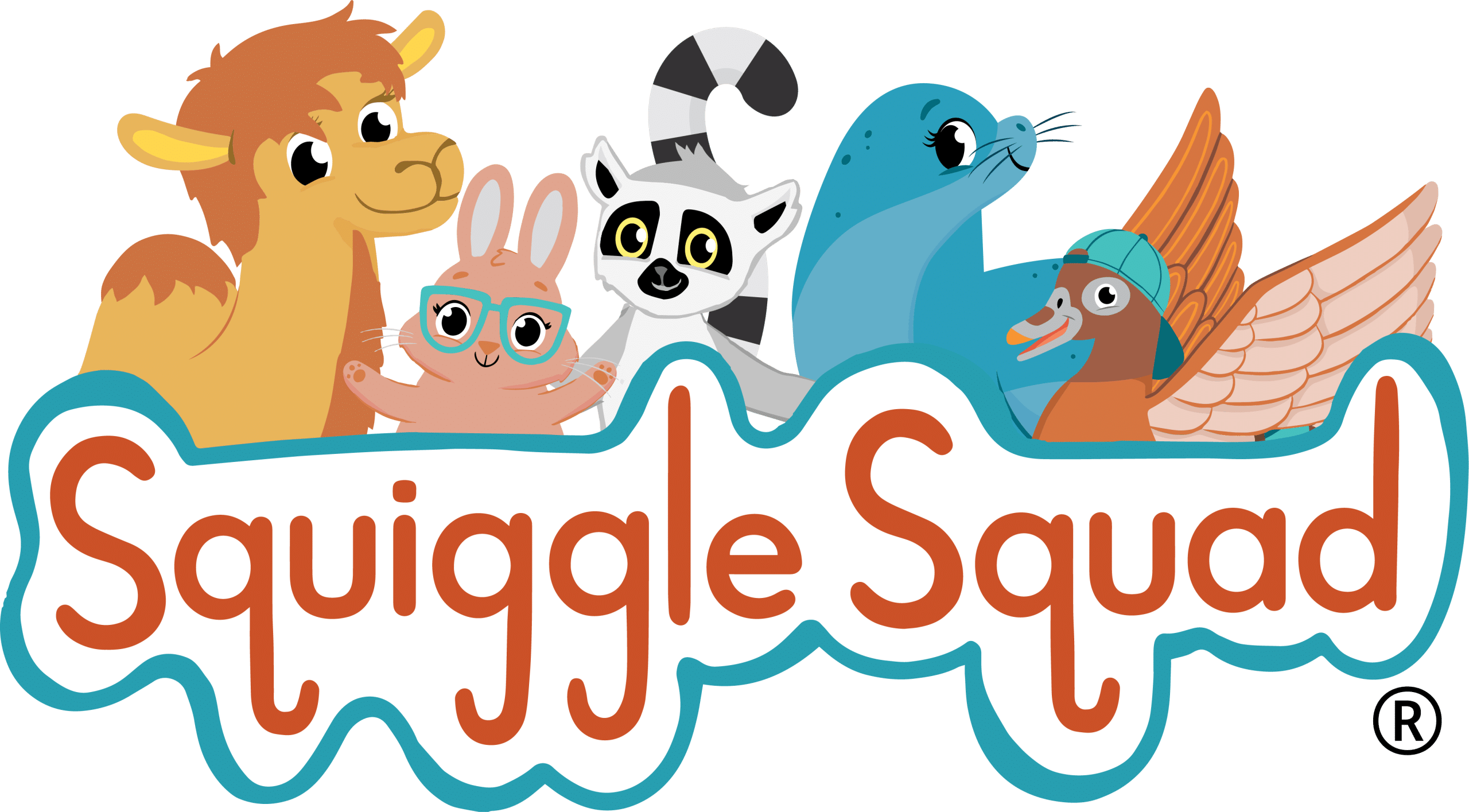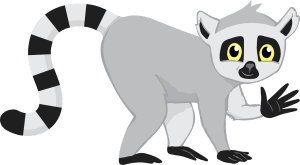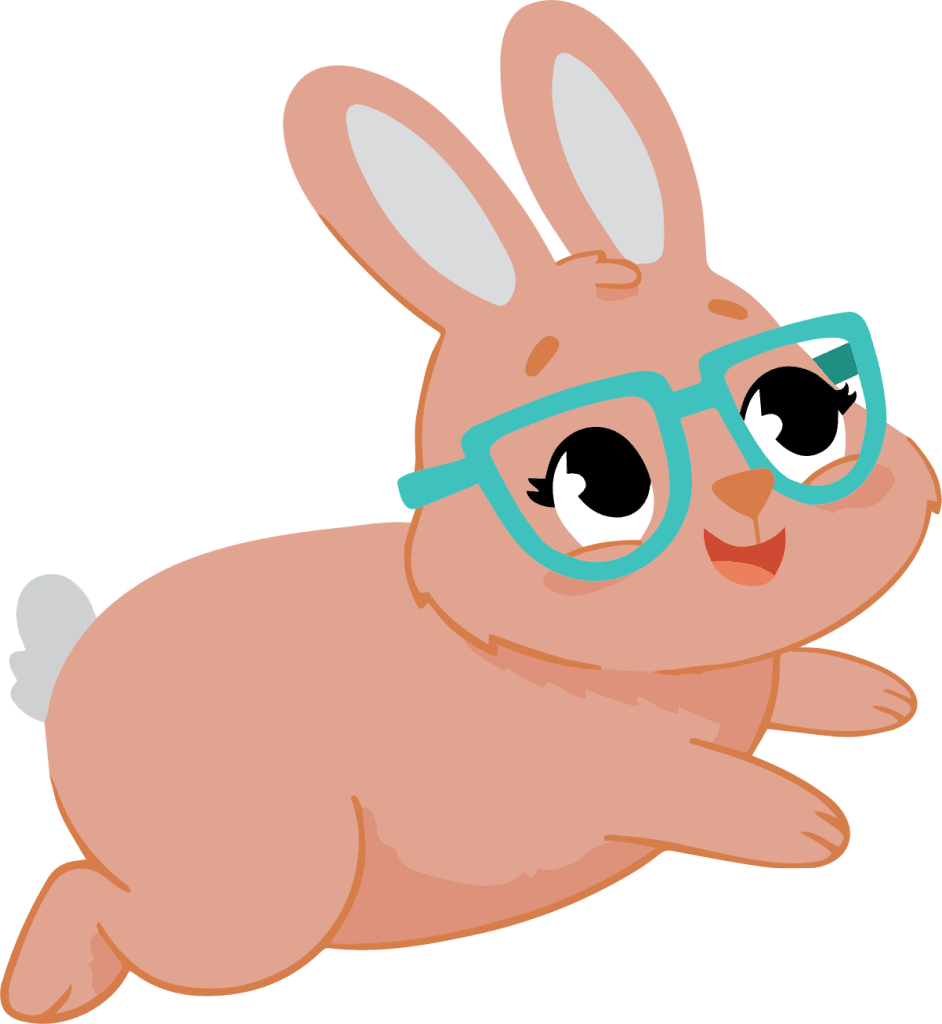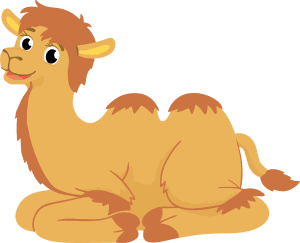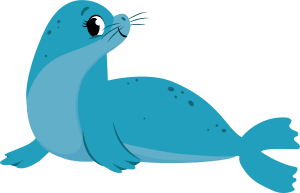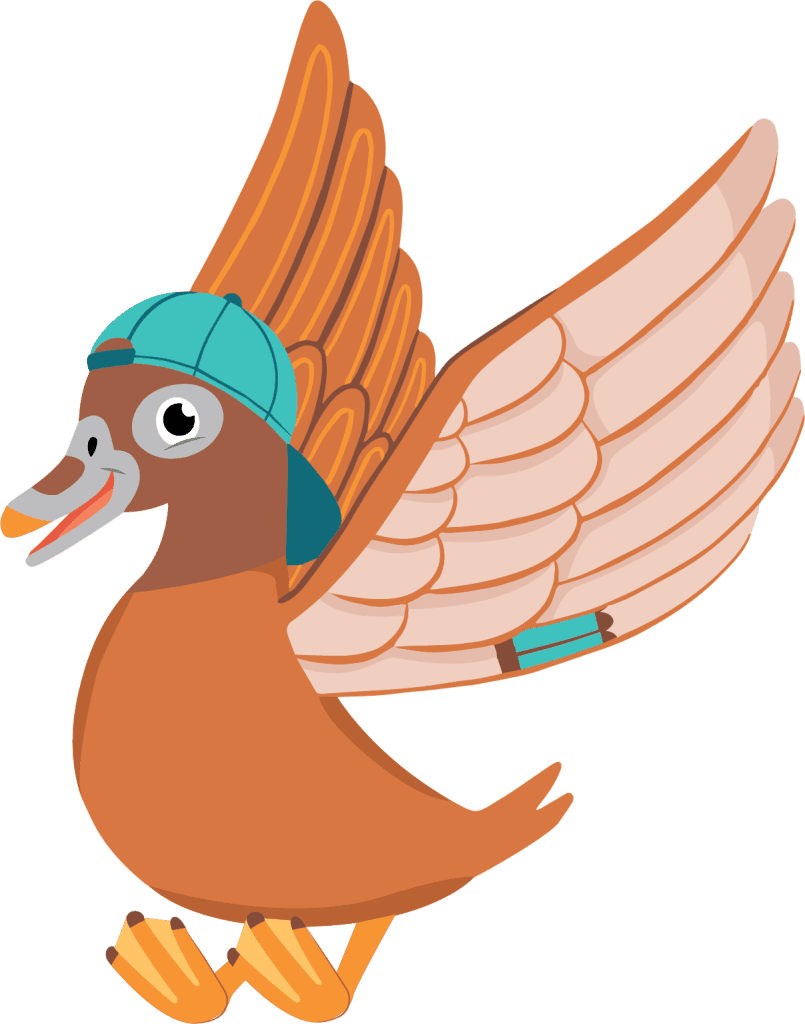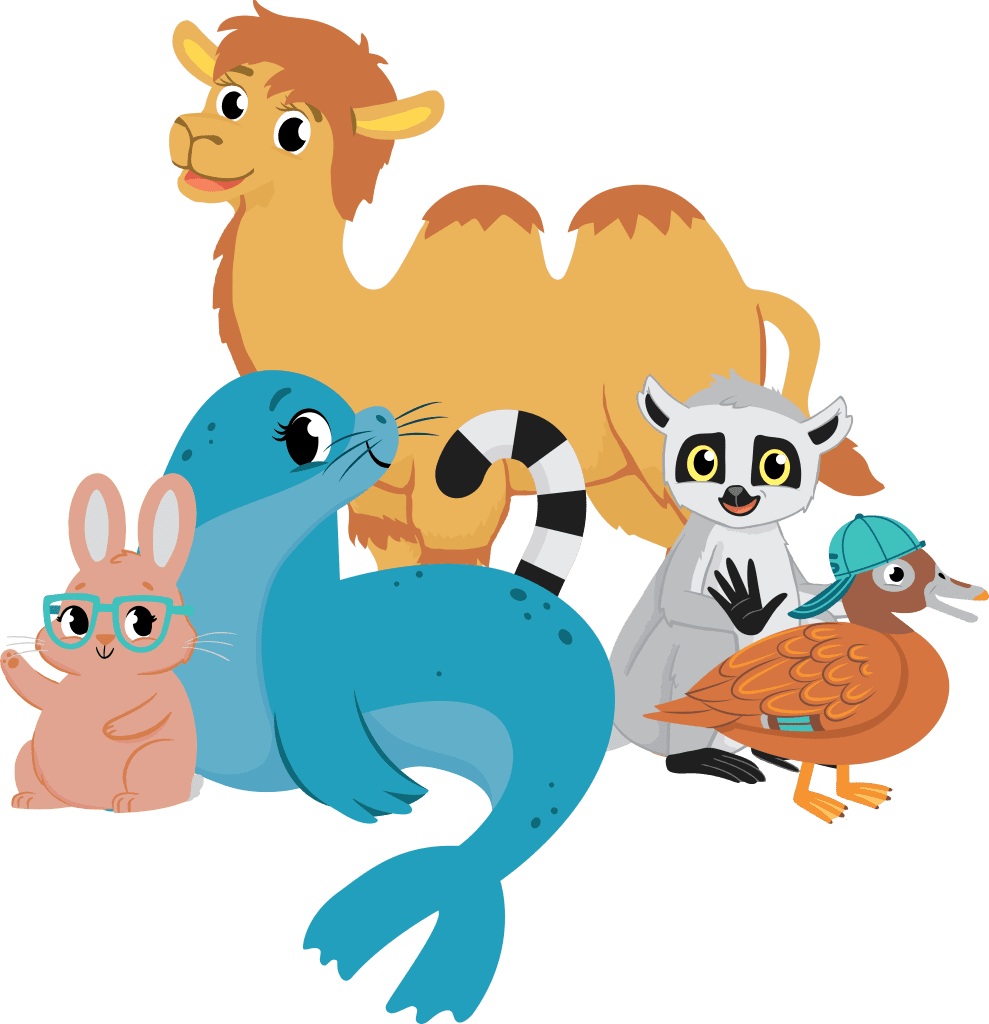Squiggle Squad Species
Overview
As you teach your students how to form strokes and approach the basic elements of writing, you will as a matter of course, be teaching them to put their thoughts onto paper. The ability to write out ideas leads to better thinking, clearer reasoning, and more effective communication. Built into the Squiggle Squad approach to teaching handwriting is an example of how communication—writing in particular—helps us to help each other and the world we share. The example has to do with taking care of our planet by paying attention to how various animals live and survive. Specifically, each Squiggle Squad member is based on an endangered species, and we hope your little ones enjoy engaging with the animals that inspired these handwriting helper friends.
On this page, we will look at what endangered species are, get to know more about our Squiggle Squad species, and see some examples of ways we can help them in the real world.
What is an endangered species?
“Species” is the word we use to talk about a grouping of animals who are similar enough to breed with one another. A species will have a fancy Latin name (for example, choloepus hoffmanni) as well as a more common English name (sloth). When an animal species is categorized as “endangered,” that means that kind of animal is in danger of dying out until there are no more of that species left.
Click on the Squiggle Squad character below to learn more about their animal species!
Ring-Tailed Lemur
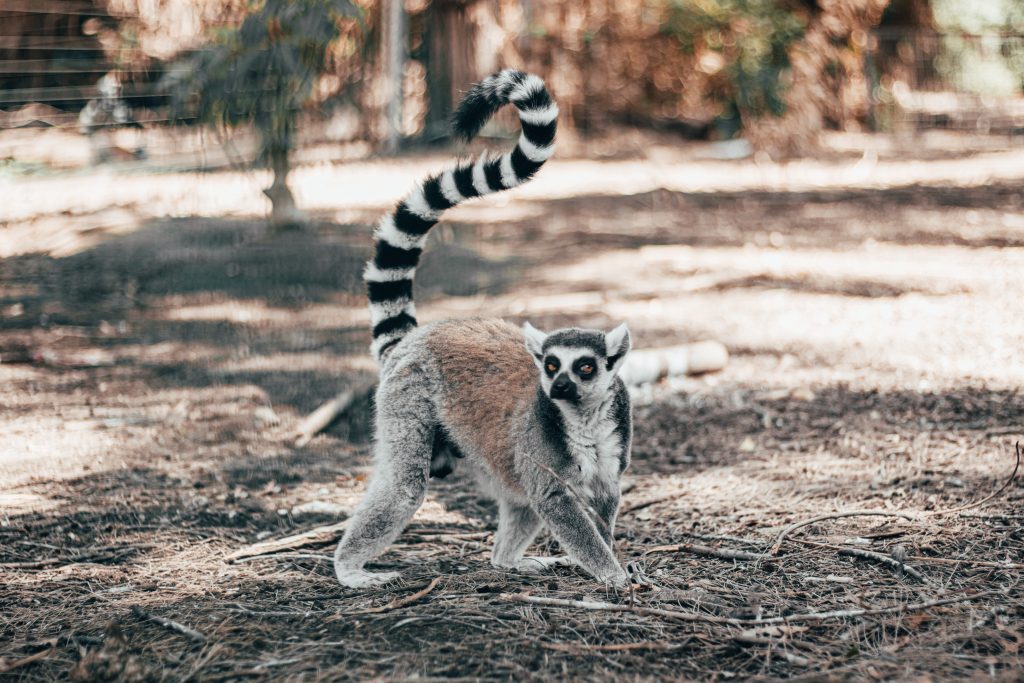
Where we live in the wild: southwest region of Madagascar
Approximate population in the wild: 2,000–2,500 (Conservation International, https://www.conservation.org/blog/wild-ring-tailed-lemur-population-has-plummeted-95-since-2000)
Name Fact: The ring-tailed lemur has its name because of the black and white “ring” stripes on its tail (each lemur typically has 25-27 black and white stripes!)
Imagine...
Imagine you are a ring-tailed lemur, newly born, and clinging to your mother’s front. You cling because you need your mother’s milk, because she can carry you around, and because she will sit in the sunshine for both of you to warm up. Your lemur mom is the leader of the lemur troop, and you watch her as she lifts her head high, looking around with her large orange-brown eyes, making sure everyone has followed along to the next feeding area. You hear her chew leaves from the tamarind tree and notice she has munched a little bug.
Imagine seeing one of the male lemurs nearby scratching the tree with a claw on his arm, and when you and your momma pass by that tree, you smell…something different. All lemurs, you are learning, have special places on their arms that let out a funny smell. The lemur you watched had rubbed his smell onto a tree to help keep the troop together, like a special family sign.
Now imagine that your momma and some of her girlfriends walk quickly along the forest floor with their babies clinging to their fronts and backs and soon arrive at a big rock. Time to sunbathe. Oh! It feels wonderful to have the heat soak into your fur and onto your black skin. You swish your tail lightly from side to side; the black and white stripes are fun to watch. You close your eyes as your mother takes a moment to comb your fur with her teeth, cleaning your fluffy ears, your neck, your back. Then she rests, turning her pointed, noble face to the sun.
Why lemurs are disappearing:
How fun it would be to be a baby lemur, clinging to your mother as she ate fruits and leaves, sunbathed, and spent time with the troop. There are, however, many challenges ring-tailed lemurs face in their day-to-day lives. For one, they are dealing with large habitat loss from climate change: prolonged drought, extreme temperatures, and storms with excessive flooding. Another reason there are fewer and fewer places for lemurs to live is that humans have cut down and burned so much of the forests in Madagascar. Another huge problem is that some people hunt ring-tailed lemurs for meat and some are taken into captivity to be pets. Ring-tailed lemurs are often bought as pets by small businesses and tour guides, because they are so cute and tourists love to interact with the live animals. However, even though lemurs are popular and adorable, they are not meant to be pets; they need to live with their troops in large forest areas where they can breed, care for one another, and participate in the interconnected diversity of animals and plants in Madagascar.
What we can do:
According to the IUCN Red List, ring-tailed lemurs have been endangered for many years now, and recent data indicate the population is still in decline. There are various not-for-profit groups dedicated to helping ring-tailed lemurs.
The Lemur Conservation Network has made a list of nonprofit groups that work to protect lemurs and their environment in Madagascar. They work to track how many lemurs have been spotted, calculate the average amount of lemurs in a troop (and learn how many babies are surviving from year to year), train local Malagasy people in conservation efforts, write reports (to share with other researchers, conservationists, zoos, etc.), and educate people about the damage of hunting and selling lemurs.
People share this planet with the lemurs and other animals, so let’s try to think of how our habits and behaviors might affect them. Here are some ways we can help:
- Learn about ring-tailed lemurs (the more we learn, the more we care!)
- Teach others about these lemurs
- Be good stewards of our planet (for example, throw our trash in bins, recycle, compost, plant trees, and buy less plastic)
- Raise money to give people who directly help the endangered species
- And perhaps, if you become passionate about saving endangered species, you could grow up to become an advocate for or researcher of ring-tailed lemurs!
Sources:
Links to conservation sites:
World Wildlife Fund
Columbian Basin Pygmy Rabbit
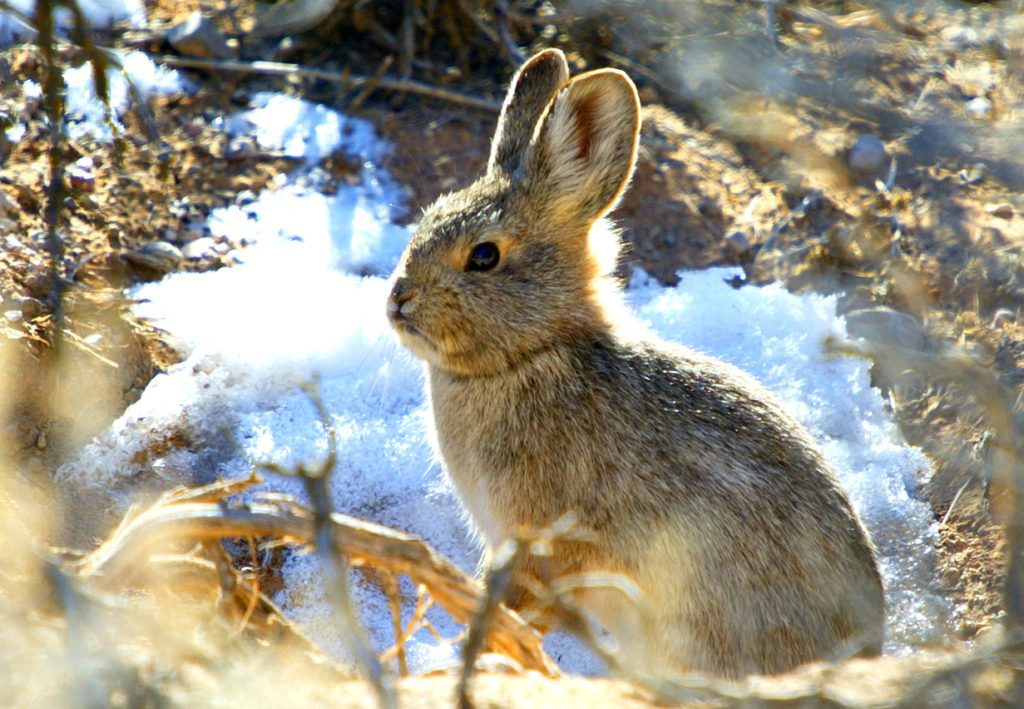
Where we live in the wild: Washington state, USA (related pygmy rabbits are also found in Oregon, California, Nevada, Utah, Idaho, Montana, and Wyoming)
Approximate population: Unknown, likely under 50. Note: Since 2004, the efforts to make the Columbia Basin pygmy rabbit capable of reproducing more frequently and successfully involved capturing and breeding Columbia Basin pygmy rabbits with pygmy rabbits from Idaho, and so the breed is now viable, but no longer purebred.
Name Fact: The Columbia Basin pygmy rabbit gets its name from where it lives. The Columbia Basin is the area around the Columbia River that runs through the Western U.S. and Canada.
Imagine...
Imagine you are a Columbia Basin pygmy rabbit, the smallest bunny in North America. You weigh less than one pound, and you bound about the sagebrush searching for loose soil to make a home in. Your ears sense danger—a weasel lurks, and you rush to find a place to hide. Burrowing is tough work, so you rejoice with a jump when you discover an abandoned yellow-belly marmot burrow. Once inside, you rest your short ears and small legs, which have been so active today in detecting danger and running away. After resting, you pop out for a bite to eat. Throughout winter you relied on sagebrush to satisfy your rumbling belly, but now spring has come, and you nibble on some grasses. It smells wonderful out here! A little breeze pushes through the brush and grass and this wind carries with it smells of soil, river, oak, and many animals. The grasses were delicious, but now you eat more sagebrush. You love living in these fields of sagebrush, and as the sun begins to set, you watch the sagebrush get drenched in colors of orange and pink, yellow and red. It is time to head back to your burrow home.
Why Columbia Basin pygmy rabbits are disappearing:
Columbia Basin pygmy rabbits score high on the cuteness scale and very low on the survival scale. They rely almost entirely on sagebrush for nourishment, so when the sagebrush dies, the rabbits are unlikely to survive. Farming, industrial land development, and wildfires all ruin what would otherwise have been prime pygmy rabbit habitat. In addition to needing sagebrush, pygmy rabbits dig their own burrows and therefore need easy-to-dig soil. When they are forced out of their homes, pygmy rabbits do not always find suitable soil and rarely find areas with enough sagebrush for food and protection.
What we can do:
There are conservation efforts being made by the U.S. Fish and Wildlife Services and local Washingtonian communities—they work to protect Columbia Basin pygmy rabbit habitat, monitor population, facilitate sagebrush growth, educate local people and organizations about preserving these rabbits and their habitat, and help in the case of emergencies, such as wildfires or poor survival through winter.
There are some ways we can help, too. We share this planet with each other as people, but when we remember we are also sharing this planet with animals like Columbia Basin pygmy rabbits, we can think of how our habits and behaviors might affect them. Here are some ways we can help:
- Learn about Columbia Basin pygmy rabbits (the more we learn, the more we care!)
- Teach others about these rabbits
- Take care of our planet (for example, throw our trash in bins, recycle, compost, plant trees and other plants [like sagebrush], and buy less plastic)
- Practice fire safety to minimize human-caused wildfires
- Raise money to give to people who directly help the endangered species
- And perhaps, if you become passionate about saving endangered species, you could study and become a researcher or rescuer of the Columbia Basin pygmy rabbit!
Sources:
Environmental Conservation Online System
Links to conservation sites:
Wild Bactrian Camel
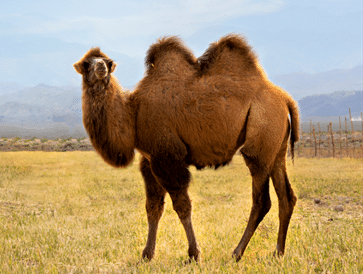
Where we live in the wild: Gobi and Gashun Gobi deserts in northwest China and Mongolia
Approximate population: Fewer than 1,000
Name Fact: There are two species of Bactrian camels, and they are both called Bactrian camels! The domesticated ones are not endangered, but the wild ones are critically endangered.
Imagine...
Imagine you are a Bactrian camel, wandering the Gobi Desert in 118° F weather, hoping that you will finally find some delicious water to quench your thirst. You have been travelling with your herd of camels for four weeks without water, feeling the hot sand between your two big toes and feeling the sun blanket your light brown fur. Your herd leader has been leading you to the base of the mountain, where you desperately hope you will find a spring of water.
As summer progresses, you begin to miss the snow of winter. Snow is not as easy to drink as a spring of water, but it is more dependable. The sandy hills covered in icy white is beautiful—especially at sunrise, when the snow turns different colors in response to sunlight. Anyway, summer does not have snow, and summer means more drought which means longer treks without water.
The sand stirs around your feet and blows in the wind. Soon the wind is strong, and you feel the sand hitting your face. Thank goodness for your wondrously long eyelashes! No sand in the eyes today. And you feel a thrill of pride as your nostrils seal shut and your mouth closes tightly and the hair on your ears is put to use — you, the tall, thirsty, lumbering, tired camel that you are, are sand proof, and that is a reason to be glad.
The windstorm calms down a little, and you shiver off some sand that was clinging to your fur. Your friends are starting to pick up their pace—why? It looks like they are gathering around… water! A fresh spring! You run to join the herd at this small, fresh water source. Each of you soaks up about 15 gallons of water.
Why Wild Bactrian camels are disappearing:
Wild Bactrian camels are critically endangered for multiple reasons. In their natural habitat, they are hunted for food and sometimes for sport. Because the summer’s are long and water is scarce, even camels struggle to survive recent droughts. Even when they do not die of thirst, their state of weakness from dehydrations makes them more vulnerable to packs of wolves attacking them.
Another danger is humans using water sources and land for domesticated animals (including domesticated Bactrian camels), which limits resources for the wild Bactrian camel.
What we can do:
There are conservation efforts in Mongolia and China, especially through sectioning off protected land for these camels—this is to give the wild Bactrian camels space to breed, find water, find food, and migrate.
There are some ways we can help, too. We share this planet with each other as people, but when we remember we are also sharing this planet with other animals, like wild Bactrian camels, we can think of how our habits and behaviors affect them. Here are some ways we can help:
- Learn about wild Bactrian camels (the more we learn, the more we care!)
- Teach others about these camels
- Take care of our planet (for example, throw our trash in bins, recycle, compost, plant trees, and buy less plastic)
- Raise money to give to people who directly help endangered species
- And perhaps, if you become passionate about saving endangered species, you could study and become a researcher or rescuer of wild Bactrian camels!
Resources:
Hawaiian Monk Seal
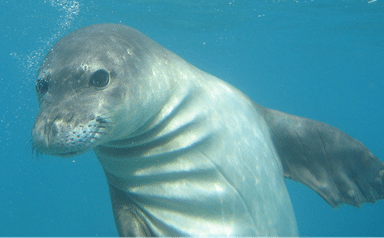
Where we live in the wild: Northwestern Hawaiian Islands and main Hawaiian Islands
Approximate population in the wild: 1,400
Name Fact: The Hawaiian Monk Seal has its name because it is a seal from Hawaii with skin folds that resemble a monk’s cowl (a big and loose hooded robe) and the seal is rather solitary (like monks, who are known to take quiet time alone).
Imagine...
Imagine you are a Hawaiian monk seal, and you have been spending the day — and a night, and then another day — taking a delicious nap on a Hawaiian beach. You always come to this beach for naps, but you are happy to share it with others, if they keep to their personal space. The sun slips into your dark silvery skin and you feel a rumble in your tummy. It is time to find some fish. Or perhaps you will look for a crab or a lobster — the important thing is that you get back in the water now to find something yummy. Imagine you are alone, and you are content.
You look back at your body and notice that more algae has gathered on your skin and fur. You don’t mind that, however, because soon enough you will molt, letting go of a layer of skin and all this fur so that your new, shinier self can emerge. Shedding is such a treat. You smile at your little white spots and scars — when you were little, just a baby pup, your skin was all black, but as you grew and your skin became light grey, you began to distinguish yourself by your scars and spots. So you like your scars, because they tell your story and let others know you are you. You feel heavy in the best of ways, having had all 550 pounds of you lounging sleepily for such a long snooze. You give a little flip, a little scooch, a little slide, and into the water you swim and glide.
Why Hawaiian monk seals are disappearing:
Doesn’t that sound wonderful? Unfortunately, a Hawaiian monk seal like the one imagined above would also contend with various challenges: food shortages; getting caught in gill nets from people fishing; ocean levels rising (and islands eroding), especially for beaches that are common grounds for having pups; and predators, like sharks and aggressive male monk seals (which is especially a problem for juvenile seals).
What we can do:
There are some conservation efforts being done by groups like the NOAA and local Hawaiian communities—they work to protect monk seal pups, remove old fishing junk from the ocean, educate locals and visitors about keeping a safe distance, and vaccinate seals from viruses they are not naturally protected against.
There are some ways we can help, too. We share this planet with each other as people, but when we remember we are also sharing this planet with other animals, like Hawaiian monk seals, we can think of how our habits and behaviors affect them. Here are some ways we can help:
- Learn about Hawaiian monk seals (the more we learn, the more we care!)
- Teach others about these seals
- Take care of our planet (for example, throw our trash in bins, recycle, compost, plant trees and other plants, and buy less plastic)
- Raise money to give people who directly help the endangered species
- And perhaps, if you become passionate about saving endangered species, you could study and become a researcher or rescuer of the Hawaiian monk seal!
Sources:
Links to conservation sites:
World Wildlife Fund
Laysan Duck
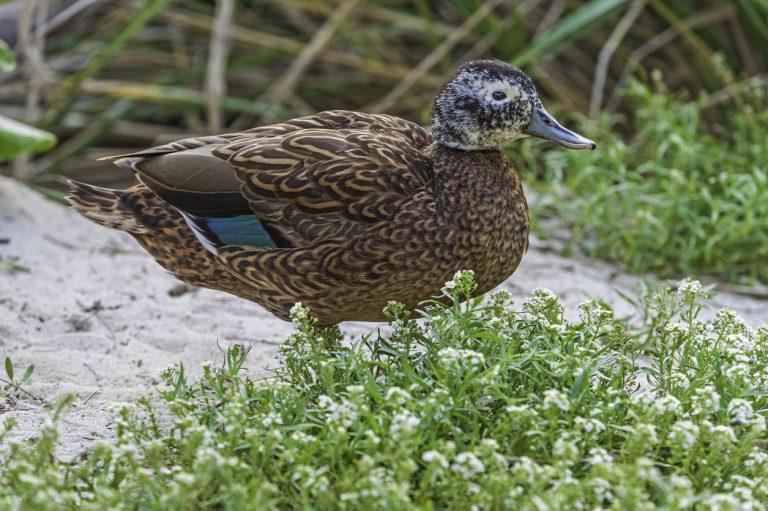
Where we live in the wild: Laysan Island, a small island in Hawai’i
Approximate population in the wild: Less than 600
Name Fact: The Laysan duck is named after the island it is found on, the Laysan Island. It is also known as the Laysan teal. The word “teal” means a small freshwater duck, and the color “teal” got its name from the dark greenish blue seen on many male teal ducks (on their heads or wing feathers).
Imagine...
Imagine you are a Laysan duck, paddling through the shallows of a lake on the Laysan Island of Hawai’i. You are young and you are almost as long as your dad—you are about a foot long, and your dad is four inches longer. You keep dipping your yellowish green bill into the water, looking for bits of plants and bugs. The recent rain made your whole family feel so alive and glad. Rain brings out worms and crawling things and stirs up the coast and the lake, so mealtime is fairly simple.
You are all paddling about the lake in the twilight and notice one of your sisters racing along the land. You make a small pleased grunt, because you know what she is doing. She must have found a swarm of brine flies, which makes for a tasty game: all you have to do is crane your neck forward, open your bill, and rush through the swarm! You want to join the fun, so you swish-swim to the shore, step out, hurry to the swarm, and follow your sister in the game of eating brine flies.
Why Laysan ducks are disappearing:
There are a few reasons the Laysan duck is disappearing. One of the reasons was the arrival of people on the islands of Hawai’i—fossil evidence suggests these ducks used to be along the whole Hawai’ian Archipelago, but now they are only found on the Laysan Island. Additionally, drought can harm them as can human presence and land development. Their reproduction rate is low (they do not have many babies each year), so disruption to their mating or nesting can have big effects on their population number.
What we can do:
Thankfully, the Laysan duck is recognized as endangered, and so the Laysan Island is currently protected territory by the US Fish and Wildlife Services. However, drought and other climate-related changes require all humans to pitch in and help. People share this planet with Laysan ducks and other animals, so let’s try to think of how our habits and behaviors affect them. Here are some ways we can help:
- Learn about Laysan ducks (the more we learn, the more we care!)
- Teach others about these ducks
- Take care of our planet (for example, throw our trash in bins, recycle, compost, plant trees and other plants, and buy less plastic)
- Raise money to give to people who directly help this endangered species
- And perhaps, if you become passionate about saving endangered species, you could grow up to become an advocate for or researcher of Laysan ducks!
Resources for more information:
